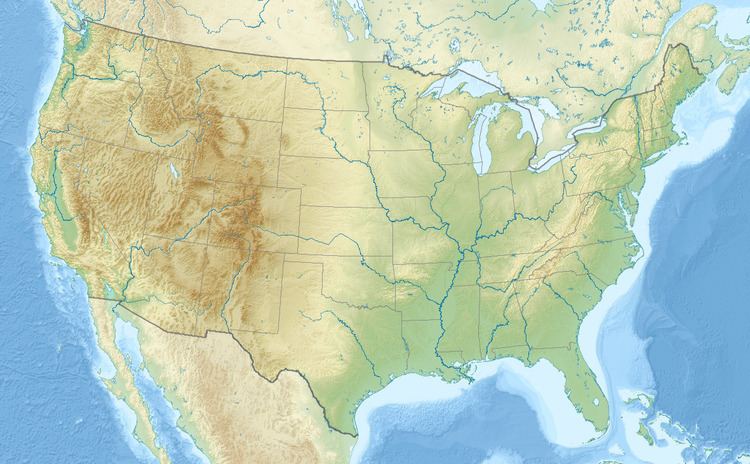Dates June 6–8, 1935 | Organized by USGA | |
 | ||
The 1935 U.S. Open was the 39th U.S. Open, held June 6–8 at Oakmont Country Club in Oakmont, Pennsylvania, a suburb northeast of Pittsburgh. Sam Parks, Jr., a 25-year-old club pro at nearby South Hills Country Club with no prior tournament wins, prevailed by two strokes in difficult scoring conditions for his only major title. The purse was $5,000 and the winner's share was $1,000.
Contents
Jimmy Thomson owned the 36-hole lead after consecutive rounds of 73, despite severe weather that caused scores to soar. Sam Parks trailed by four, but in the third round he recorded a 60-foot (18 m) chip-in for eagle to tie Thomson, who shot a 77. The weather only got worse during the final round, and Thomson could do no better than a 78. Parks, however, shot a 76 for a two-stroke victory. Walter Hagen briefly led during the final round, but four consecutive bogeys knocked him back to third. It would be the last time that Hagen would contend in a major championship. Scoring conditions were so difficult that no player in contention broke 75 and 73 was the lowest score of the round.
Parks was certainly helped by his preparation for the tournament. Every day for a month he would stop at Oakmont to play a practice round before returning to his own club. This practice paid off particularly on Oakmont's notoriously difficult greens, where he three-putted just twice in 72 holes. His winning score of 299 was the highest since 1927, also at Oakmont, and he was the only player to break 300.
The field of 159 included six entrants from Japan and one from South Africa; the rest from 31 states and the District of Columbia. For the first time, a Japanese player made the cut at the Open. Kanekichi Nakamura was part of a tour of the U.S. by Japanese golfers and finished in 58th. Chris Brinke captured low-amateur honors, finishing in 32nd.
Oakmont had previously hosted the U.S. Open in 1927, the PGA Championship in 1922, and the U.S. Amateur in 1919 and 1925.
The Stimpmeter was inspired at this Open. Edward Stimpson, Sr., the Massachusetts amateur champion and a former Harvard golf team captain. He was a spectator at Oakmont in 1935 and witnessed a putt by Gene Sarazen roll off a green. Stimpson devised a simple device and method to accurately measure the speed of greens.
Course layout
Source:
Lengths of the course for previous major championships:
Made the cut
Source:
Missed the cut
Source:
Final leaderboard
Saturday, June 8, 1935
Source:
